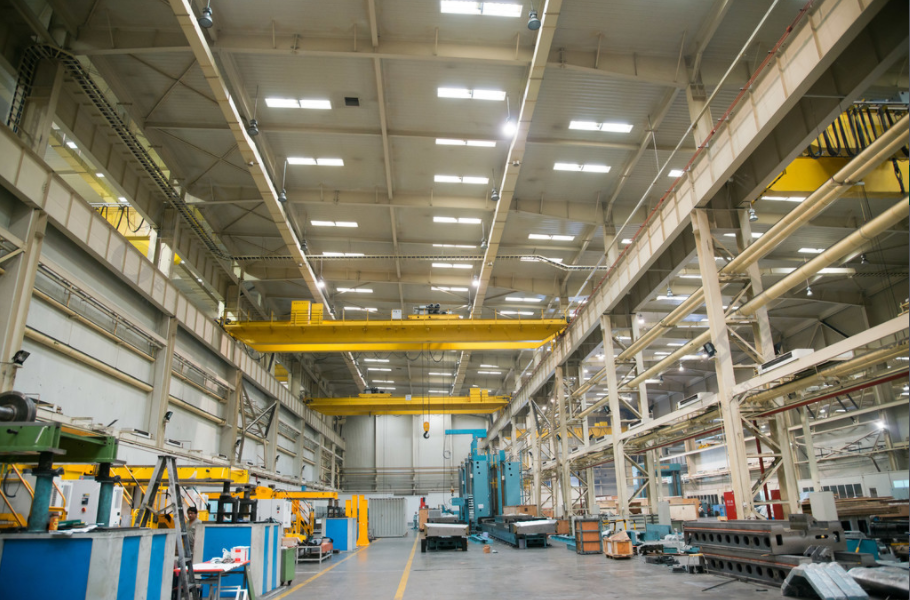What are the benefits of using a dehumidifier in the workshop

In the workshop, some solid parts, such as painting room, grinding room, gluing room, etc., should be equipped with humidification and other devices on important process parts, but the humidity should not be too high. According to different seasons, the humidity should be controlled at 40%— 80%RH, if the humidity is too high, use a dehumidifier for dehumidification, which can eliminate static electricity. Because static electricity is one of the factors affecting the painting process, eliminating static electricity can prevent dust from adhering to the surface of the workpiece, improve the brightness of the surface of the sprayed workpiece, and thus improve the overall quality.
Studies have shown that the quality of painting work is related to the air humidity during construction. If the air humidity is greater than 85%, the construction quality will be deteriorated, and defects such as whitening, cracks, decreased adhesion, and coating peeling will be easily caused.
So what are the reasons and benefits of using a dehumidifier in the workshop?
Generally, the humidity of the atmosphere is high in summer, while the humidity in winter is low. In addition, the level of humidity also has a great relationship with the region. The coating standard stipulates that the relative humidity of the coating equipment should be 55%-75%. Therefore, for some occasions with high paint quality requirements, in order to ensure appropriate humidity, humidification and dehumidification devices, such as humidifiers and dehumidifiers, can be added to the air supply system.
Use a dehumidifier when painting, and fresh air should be used in the room to supply air, so that the humidity and temperature of the air supply will not be affected by the water stored at the bottom of the room. When baking paint, in order to save energy, the hot air can be recycled. However, because there is water in the lower part of the grille of the wet spray paint room, if no measures are taken, the volatilized water will be returned to the room through the circulation system, thereby increasing the humidity of the indoor circulating air and causing the indoor humidity to exceed the standard.
Humidity affects the evaporation rate of the solvent, which in turn affects the leveling and sag properties of the coating. Because the painting operation is carried out under high humidity, the volatilization of the solvent will make the temperature of the wet paint film surface lower than the dew point temperature, and the generated water vapor will condense on the surface of the wet paint, causing the phenomenon of "whitening" of the paint film. Therefore, it is necessary to reduce the humidity through a dehumidifier to make it reach the appropriate humidity.


 Official Account QR Code
Official Account QR Code
